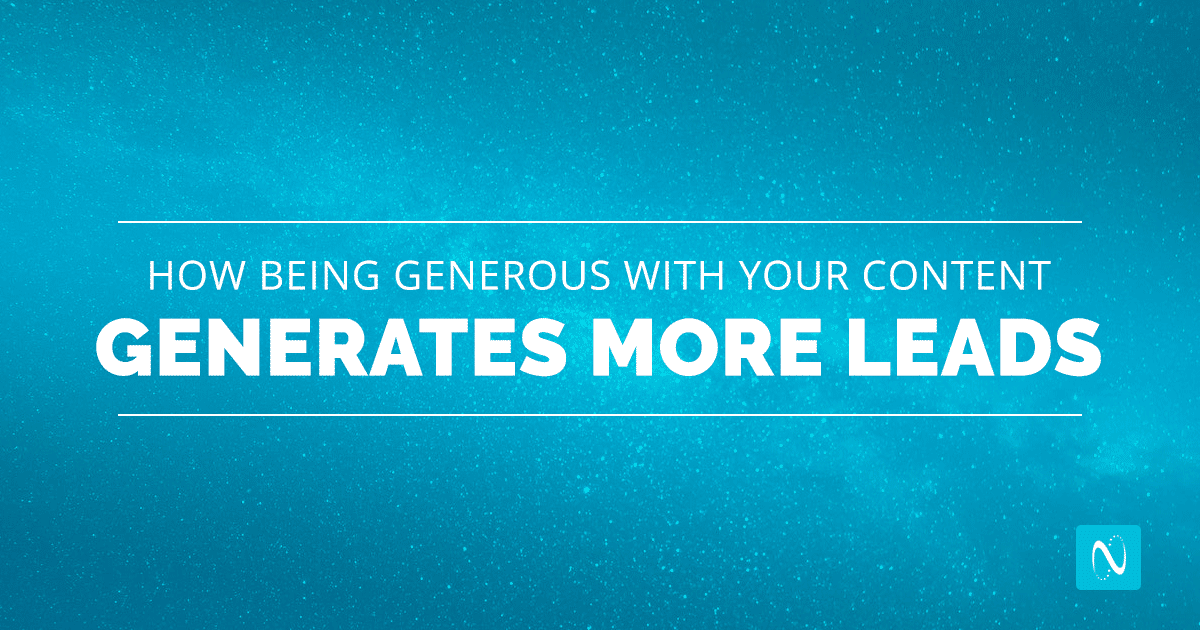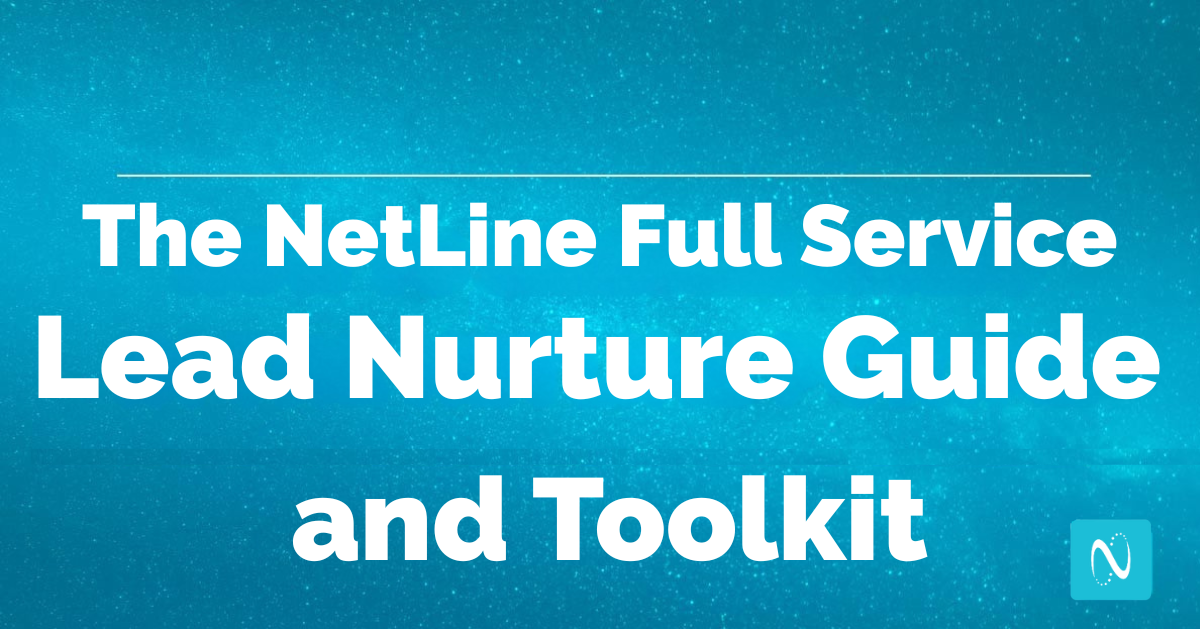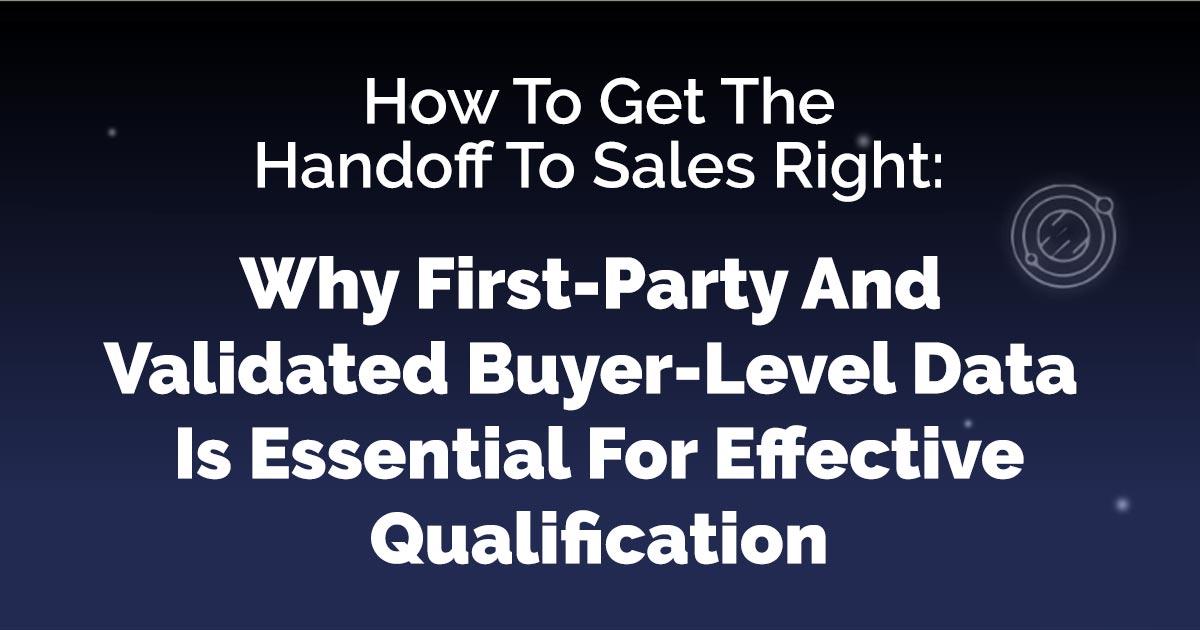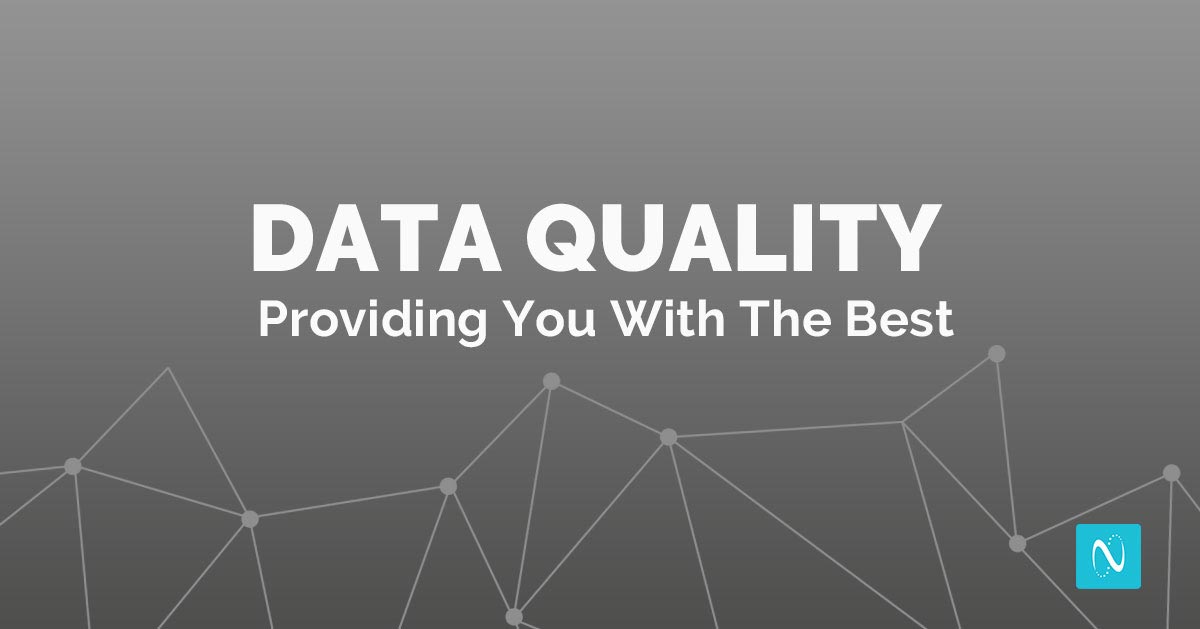Since the end of February, America has suffered through a global pandemic, unprecedented unemployment nationwide, and a societal reckoning not seen since 1992, if not 1968. It’s been a historic moment in time, one which has touched nearly every segment of our personal and professional lives.
Beyond providing time off for their employees to do what is best for themselves and their families, millions of businesses have and continue to be sensitive to the plights so many of our fellow citizens are facing. The reality many B2B businesses face is that in order to support their employees and communities effectively, let alone operate, they need to be driving revenue.
Where Does B2B Marketing Go From Here?
Photo by Javier Allegue Barros on Unsplash
We’ve seen this question asked hundreds, if not thousands, of times on LinkedIn, Twitter, and in dozens of newsletters. B2B marketers have already had to adjust so much of what they had planned for 2020. All they’re looking for is the best approach to promote and sell without being insensitive. Fortunately, we have one distinct advantage over so many of the companies and professionals asking these questions: first-party data.
From the millions of gigabytes that we have access to, the one common element that continues to win out is content providing tangible, actionable value.
What the Data Tells Us About Value
As we explored and shared within our 2020 State of Content Consumption and Demand Report for Marketers, one of the insights we presented centered on delivering immediate value. The following is an excerpt from page 6 of the report:
At every stage of your Content Marketing strategy, you must keep in mind that the data you’re analyzing represents real people. As you study the data at hand, it’s crucial to understand their intent and what they’re truly seeking. This intent influences the internal Buying Committee and, ultimately, the purchase decision.
In short: the best way to get to know your audience is by understanding what they’re looking for.
Let’s take Senior Directors, for example. In 2019, they were the fastest to consume content requested. The content Senior Directors requested most often included themes like:
- Top Interview Questions
- Ways to Improve Productivity Skills
- Securing Company Infrastructure
- Leading with Empathy
- AI and Deep Learning
The easiest thing to decipher here is how much value is expressed within the title itself. Whether we’re evaluating Senior Directors or Supervisors, everyone wants to know what they’re committing to. The better and more accurate the title and supporting copy, the happier you and your prospect will be.
This last portion of the excerpt is significant. It is, in fact, how we will highlight the ways in which B2B content can continue to generate leads for your business.
Delivering Immediate Value is the Key to B2B Lead Gen Success
Photo by Kelly Sikkema on Unsplash
Every time someone chooses to read, listen, or watch a piece of content, they’ve made a decision they’re hoping they won’t soon regret. We are so often let down by promises in all facets of life that when something does deliver on what it guarantees (aside from Amazon), we’re ecstatic.
The ability to follow through is truly undervalued. As much as we like to think that we make our decisions based on logic, we go with our heart more often than we go with our head. Respecting the time of your target buyers makes for a much more positive relationship, whether you’re just starting off or you’re decades in.
It’s integral that you take the above to heart and instill this as an underlying mantra applied to all prospect and customer-oriented content creations. Creating content that falls short of offering immediate value is doing a disservice to your target audience, your team responsible for the creation of the content, and ultimately yourself. Wear this requirement as a badge of honor only delivered to those that can successfully gain internal approval to deliver content externally from your organization. Without it, the content isn’t ready.
For content-centric lead-generation, the companies that highlight as much value as quickly as possible wins. The more value you can deliver within each section of an article, portion of a video, or opening minute of a podcast, the more equity you build with your target buyers. That equity may not pay off immediately in ROI, but the return on the relationship is what we’re striving for within content-centric lead gen. There truly is a method to it.
The 4 Rules of Delivering Real Value to Your B2B Consumer
To put our money where our mouth is, here’s what marketers need to do to provide value to their target buyers as directly as possible.
Deliver on Your Title’s Promise
There’s nothing worse than reading an article or watching a video that veers into territory that has nothing to do with its title. Yes, your title and headers matter quite a bit for SEO purposes, but do you know what matters more than a Google results page? Respecting your audience and protecting your brand’s reputation.
Get to the Point ASAP
One of the reasons Google has begun to serve up key snippets as the best answers to specific questions (i.e. when was netline corporation founded?) as opposed to featuring the best links is because people want faster access to the information they’re after.
While snippets are a bit of a technical thing, frontloading your content isn’t. Think about how some of the most popular and viral Twitter threads structure themselves: the first tweet shares the biggest nugget of information right away and then uses the subsequent tweets to support the information disclosed immediately.
We should be structuring our B2B content this way, too. It’s a very simple approach to gain both attention and trust while still being able to work from point A to point Z, even after the juiciest bit of information is revealed.
Be Mindful of Portion Control
A 2015 study from Microsoft revealed that today’s adults have only an 8-second attention span, which happens to be less than that of a goldfish. However, it’s crucial to remember that goldfish don’t care for stories. Prezi’s 2018 State of Attention survey found that 55% of professionals say that great stories help them to better engage with content and keep their attention. Even once you’ve addressed the main point, your content doesn’t need to be gigantic or minuscule; it just needs to fit your audience’s appetites. Use the amount of space that you need to cover your topic and move on.
Something for Everyone?
“No one can serve two masters: for either, they will hate the one, and love the other.”
One of the traps marketers find themselves in is trying to cater to the needs of each segment of their business at once. It’s vital that companies not be afraid of having multiple pieces of content that speak to separate target buyers simply because the topics are similar, related, or even competing.
Don’t Sweat the Technique
Audiences will always have challenges; it’s how we, as businesses and marketers, respond to them that matters most. The form in which this value is presented is less important than sharing and distributing it with your target buyer. After all, delivering value is the name of the game, whether we’re experiencing Pax Romana or…well, 2020.





